Where were you during Covid-19? The question seems destined to become a standard conversation piece at future get-togethers. For professional anthropologists and ethnographers, we can also add in questions about what was looked at, listened to, thought about, done and imagined for the future. Gillian Tett, anthropologist and US editorial board chair at the Financial Times, for instance, wrote about the Covid-19 culture shock she experienced in London. The relative lack of mask wearing there was in stark contrast to the strict masking she had become accustomed to as an “embedded—and embodied—part of life” in her New York City neighborhood. In Paris, Dominique Desjeux, professional anthropologist, professor, and coordinator of the French applied anthropology network Antropik, created an auto-ethnographic video of what he and family members were doing and attending to in their apartment during the early confinement phase in March 2020.
In my case, I spent most of 2020 in Addis Ababa, Ethiopia. And while there, I became fascinated with the material culture of the hand washing stations that, as part of Covid-19 prevention, became a rather ubiquitous part of the urban landscape. Erected in front of stores, banks, restaurants, cafes and the like, these washing stations often seemed to embody creative feats of recycling bricolage. They also embodied traces and reminders of the inseparability of material technologies from cultural ideas and ideals.
In this photo story I highlight the inseparability of these material and cultural realities as well as point to the ways that these realities, just like all technological and cultural realities, are symbolically and socially nuanced as well as deeply local, even if also global.
For me, beyond the striking ingenuity in the recycling bricolage of many of the hand washing stations, what also became clear was the non-random nature of the utilized materials. As the photos above show, large plastic containers, a kind often used in other instances for water, were frequently utilized as the washing water’s holding tank. For ease of washing, spigots of the kind one might usually find on an indoor sink were simply rigged to the bottom of them.
Traditionally, in rural areas of the country, girls and women were the ones who gathered water. In much of the country, this was accomplished with clay pots tied onto their backs in a kind of backpack style. Made out of plastic, but mimicking the design of those clay pots, these kinds of traditional style designs were also frequently used as the water holders, as you can see in the five photos that follow.
As the above photos also show, accommodations for catching the used or running water were often done by means of a container or bucket positioned below the spigot. At other times, the washing stations were placed so that the draining water would flow into the street rather than the sidewalk and at times the washing station was clearly strategically placed so that the water would go directly into a street drain.
If a container or location next to the street were relatively straightforward ways of dealing with wastewater, at other times the modes of plumbing could be a fairly elaborate affair.
In the example directly above, for instance, a fairly wide blue hose carried wastewater from the sink installed in front of a restaurant across and down a wide sidewalk before emptying into a street drain. As seen in the photos below, in front of a bank and Ethio Telecom offices, the wastewater went through of series of entrance blocking pipes then hoses and ultimately drained onto a downward slopping part of the parking lot.
In terms of creativity of technique, however, perhaps nothing else contends with the set up in front of a particular butcher shop. This shop created an elaborate downward then upward, foot pedal activated piping set up for the delivery of the water. And as the soapy water in its catch basin and surrounding sidewalk testifies, it was used.
As observers of these photos, it has perhaps already become noticeable that differences and nuances of socioeconomic status were also in play in the setup of these hand washing stations. One of the obvious markers of status was the use of a porcelain sink of the type often used in home bathrooms. A striking example of this was located in front of a private residence in an upscale part of the city. Confusing at first to me as I wondered why a private residence had erected multiple outdoor sinks, locals reasoned to me that it was almost certainly simply an act of largesse on the part of the residents. Knowing that people on the street might not have ready access to hand washing, they just wanted to provide a means for people to be able to do so was seen as the reasonable explanation for those particular sinks.
Note also in terms of status markers, for example, the freestanding, plumbed sink set up in front of the aptly named, “Posh Laundry” below versus the containers placed on chairs that follow, showing a local police station (on the left) and a small local store (on the right).
Beyond these implicitly nuanced messages of social status, hand washing stations also sometimes carried direct messages, as the writing on the container in front of the store above announced, “Please, washing your hands with soap will protect you from the disease.” As in this example, this messaging was often about Covid-19, and about ways to protect oneself. However, at times it moved over to direct advertising for businesses, as with the examples below. On the left, placed near one of the many outdoor spots for sharing coffee and conversation, is a large container in front of a kind of trough catch sink that advertises simultaneously for Ethiopian coffee and a sport association. In the middle the barrel has been affixed with a sticker that advertises a hydraulic hose maker and sits atop a cloth that, even if not purposefully, is an advertisement for Coco-Cola (as was the turned upside down crate used to elevate the water barrel in the fourth photo of this essay). On the right, the water holder and the sink advertise FiberTech, as material producer and donator along with the message of “wash your hands” written in a respectful register, i.e., in a linguistic form one would use with an older and/or respected person.
As the FiberTech example shows, not all hand washing stations were individually produced. In fact, local businesses developed for the production of hand washing stations and international aid organizations also had a hand in funding and production (see Achenboch 2020, Greenblatt 2020). A prominent example of one of these Addis Ababa businesses is shown below. On the left is a sign, highly visible from a major thoroughfare, announcing the fabrication of the hand washing stations, with the special feature of being foot-pedal controlled. As the sign also announced, specially designed set ups could also be produced on demand. Following the arrow on the sign and heading down their driveway, one came upon wall-hung announcements for their different options, as in the two photos on the right.
The writing on the two photographs on the right highlight features such as the hands-free means of dispensing soap and water as well as wheelchair accessibility.
These kinds of locally manufactured, pedal dispensing sinks were also visible around town. For instance, in front of a store for chat, the stimulant and euphoria inducing leafy plant that is legal in Ethiopia and prized product for a segment of the population, there was a twin set up of two washing stations. As one Addis Ababa resident pointed out to me, as chat is a plant that you chew raw, it was in the interest of the store owner to telegraph that the business highly prized cleanliness. Being clean mattered here and, in fact, it was with considerable enthusiasm, if not pride, that one of the patrons demonstrated the way that the left foot pedal dispensed soap and the right foot pedal water.
As the two photos below on the left show, an upscale grocery had identical foot pedal models at two branches of its store and on the right, an upscale bakery had a two sink model also operated by foot pedals in front of its store, along with a masked guard to ensure its use prior to store entry. Notably, many stores did insist on the hand washing prior to entry rule, although also allowing people to use their own hand sanitizer as a substitute.
A large three-sink pedal-controlled washing station was also set up on the street in front of a one of the large orthodox churches, as can be seen in the photos below.
As can be seen on the photo on the left above, on one of these sinks, while there was a pedal for dispensing soap, there was not actually any soap in the holder to which the pedal was connected. Nonetheless, I did spot a bar of soap resting under the water tank, alongside empty soap as well as drinking water bottles. Again, like the water on the ground, these were testaments to the use of the water station.
A final foot pedal controlled model that is worth calling out can be seen in the three photographs below.
This model had caught my eye because of its metallic finish, stacked stylized closed design and straight spigot as well as the name “Touch Wash.” Overall, it projected an aura of contemporary (if not futuristic) technology that was in sharp contrast to most of the other washing stations. This aura of advanced technology is perhaps what then made the peek at its back, as in the photograph below, in which one can see that it is made possible by the very same basic jerrycan used in many other hand washing stations somehow comical.
Again, nonetheless, another example of brilliant bricolage, and in this instance, truly creating a hand washing station that stood out and apart from others.
But does it make any difference? Did these many hand washing stations help prevent the spread of Covid-19? In fact, perhaps they did. The first confirmed case of Covid-19 in Ethiopia was in March and Ethiopia enacted fairly strict prevention measures, including not only these hand washing stations but also the mandatory use of masks in public, enforced two week quarantines for those arriving from abroad, the closing of schools, cancellation of large gatherings, and significant public messaging about physical distancing and protecting oneself and others including as the first thing one heard any and every time you made a phone call. The total number of cases remained relatively small throughout April, May, June, and July, only starting to significantly climb in August to 37,665 cases and 637 deaths as of this initial writing on August 22. Less than three weeks later, on September 8, while readying this essay for publication, there were 59,648 cases and 933 deaths. Frightening. But, even if these recent rises are frightening and deeply troubling, one could also note that for a country of approximately 110,000 million inhabitants, these numbers are still relatively low versus, for example, the almost 329,000 confirmed cases and 30,726 deaths for France on September 8, a country of approximately 67 million (from https://www.worldometers.info/coronavirus/).
Speculation about reasons for low numbers has become somewhat frowned upon in Ethiopia, perhaps especially given the current rise in numbers (which can be attributed to increased testing, but that is also showing about a 5% positivity rate among those tested) and so I am on dangerous ground. Nonetheless, it is also worth noting that a few months ago, in April of 2020, Alula Pankhurst, anthropologist, Ethiopian scholar and specialist, pondered the then particularly low number of Covid-19 cases in Ethiopia (Pankhurst 2020). He noted that while the numbers might eventually rise to alarming levels, they also might not rise due to a seemingly fortuitous blend of seasonal timing that meant both warmer weather and less tourists at the time of the Covid-19 outbreak, the actual advantages of the virus arriving later and the country being relatively less globally connected than many more prosperous countries as well as the prevention measures that the Ethiopian government put in place.
One can hope. And in the meantime, one can also continue to contemplate the ingenuity as well as the actual beauty of these hand washing stations. And to remember, where there is the will, there is often a way.
Acknowledgements: I would like to thank Shoa Girma for the idea and inspiration of doing a photo essay on hand washing stations and for the cultural and local insights—as well as material assistance of driving and accompaniment during photo taking excursions—from her, Daniel Eyob, and Mekonnen Ketsela.
Achenbach, Monte, “Small Business and WASH in the Age of Coronavirus,” IRC Blog, June 16, 2020, https://www.ircwash.org/blog/small-business-and-wash-age-coronavirus-case
Desjeux, Dominique, “Les débuts du déconfinement, S1E2, essai d’auto-ethnographie par Dominique Desjeux, anthropologue, mars 2020” (video), https://vimeo.com/429964909
Greenblatt, Elyse, “Handwashing Stations and Education: the Nala Foundation Works to Stop the Spread of COVID-19 in Ethiopia,” The End Fund, https://end.org/handwashing-stations-and-education-the-nala-foundation-works-to-stop-the-spread-of-covid-19-in-ethiopia/
Pankhurst, Alula, “Why We Can Hope that Ethiopia Will Be Spared the Worst of the Pandemic,” Ethiopia Observer, April 13, 2020, https://www.ethiopiaobserver.com/2020/04/13/why-we-can-hope-that-ethiopia-will-be-spared-the-worst-of-the-pandemic/
Tett, Gillian, “New York vs London: My Covid-19 Culture Shock,” Financial Times, July 7, 2020, https://www.ft.com/content/379cf2bc-bec7-433a-9b73-e259810afc60
RELATED
Mannequins on My Mind: Addis Ababa and the Globalized Economy, Patricia L. Sunderland
All That Is Seen and Unseen: The Physical Environment as Informant, Lisa Reichenbach & Magda Wesolkowska
The Elephant in the Room: A Lesson from the Field, Liubava Shatokhina

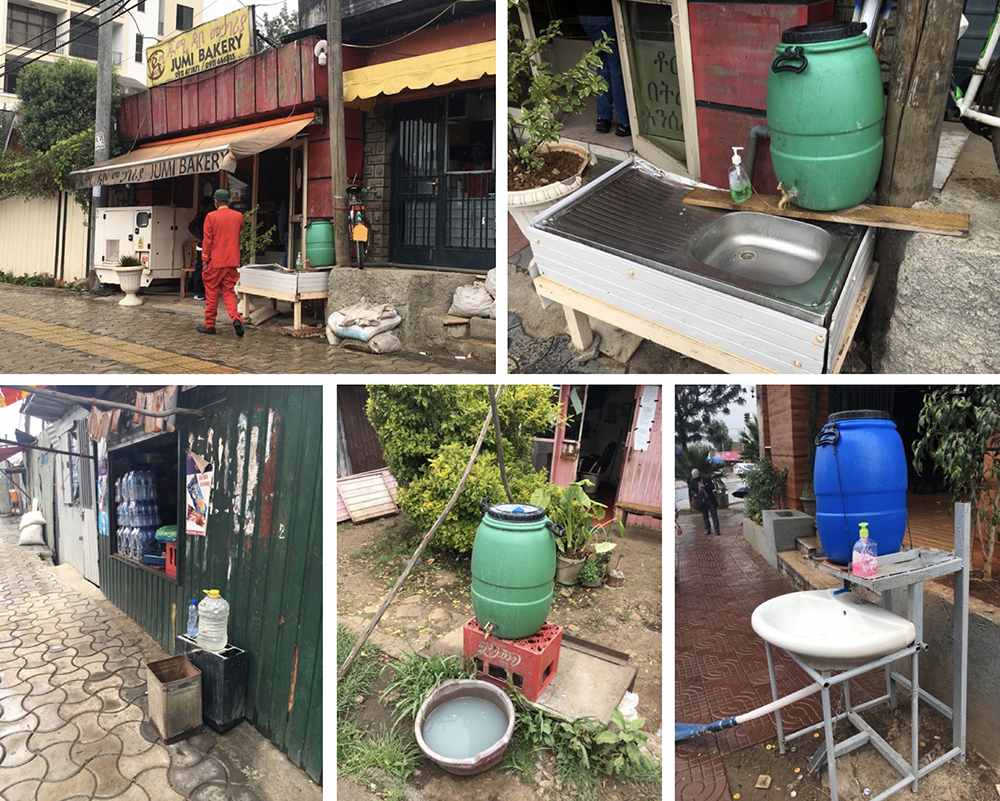
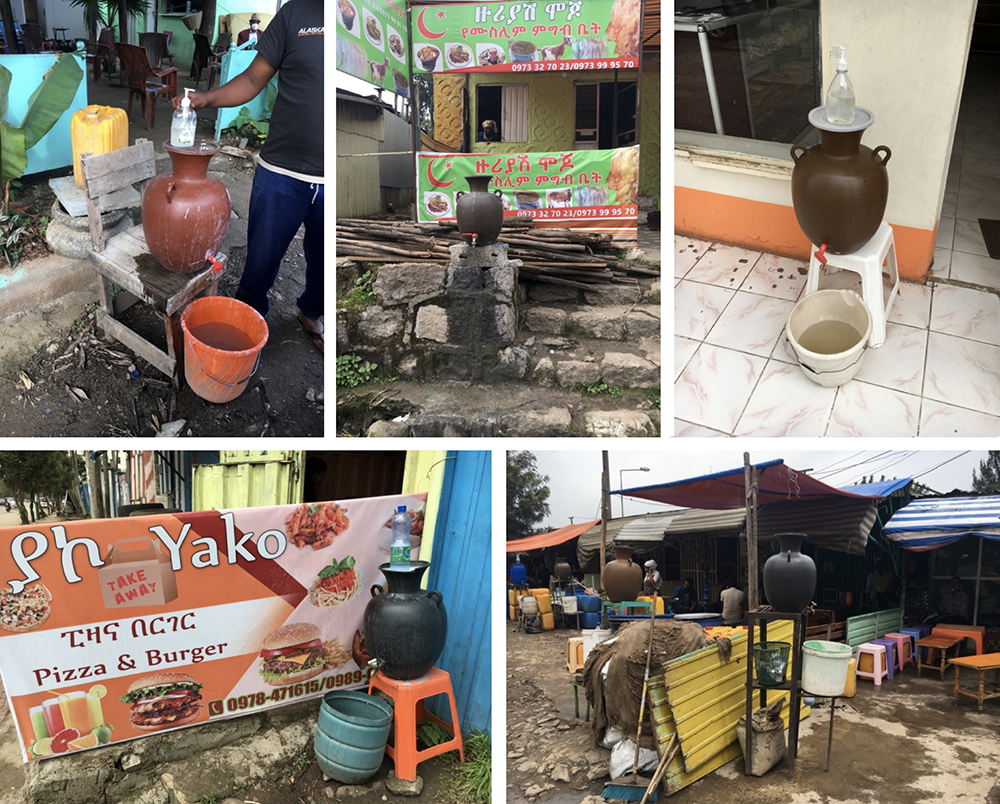

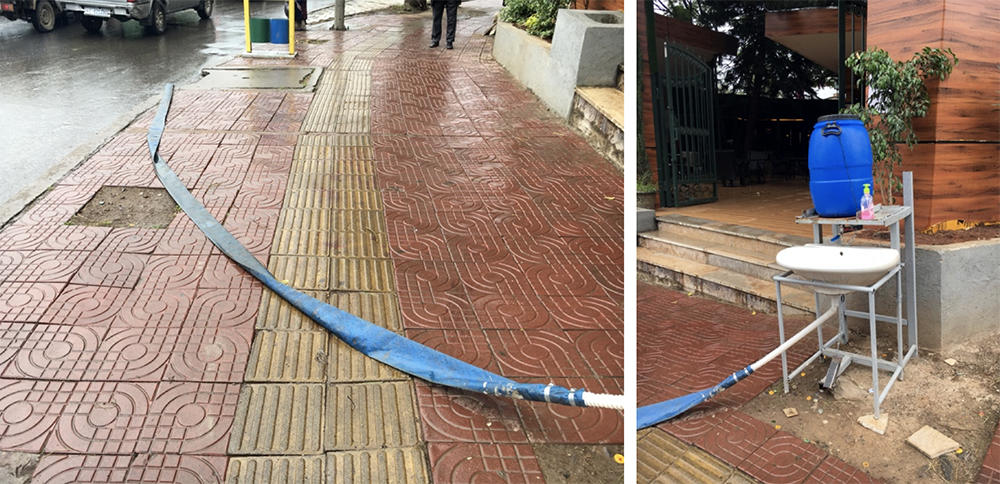
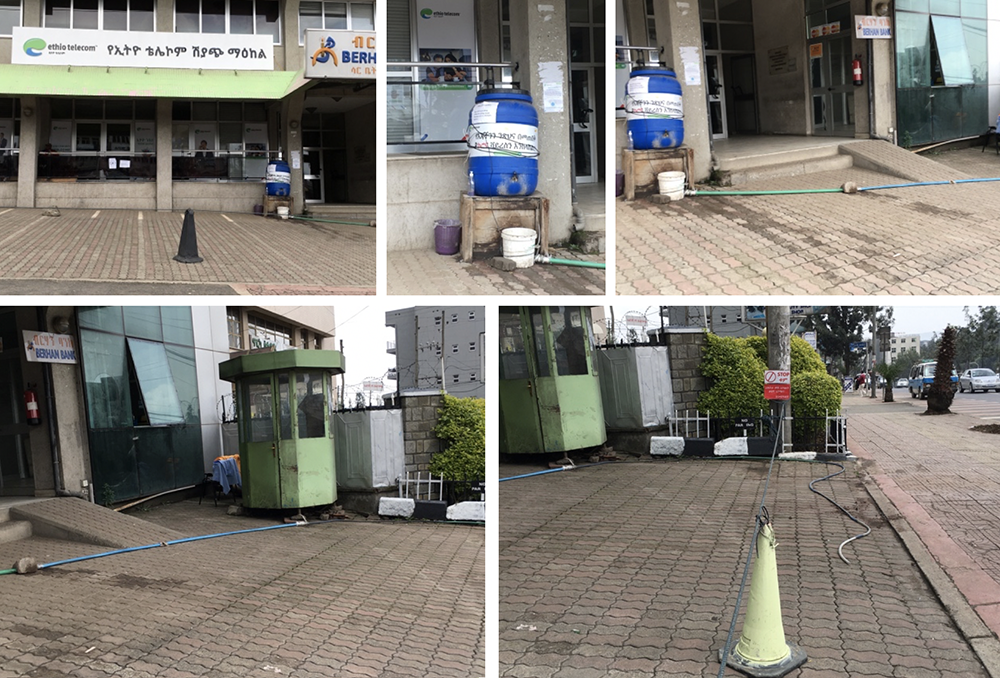
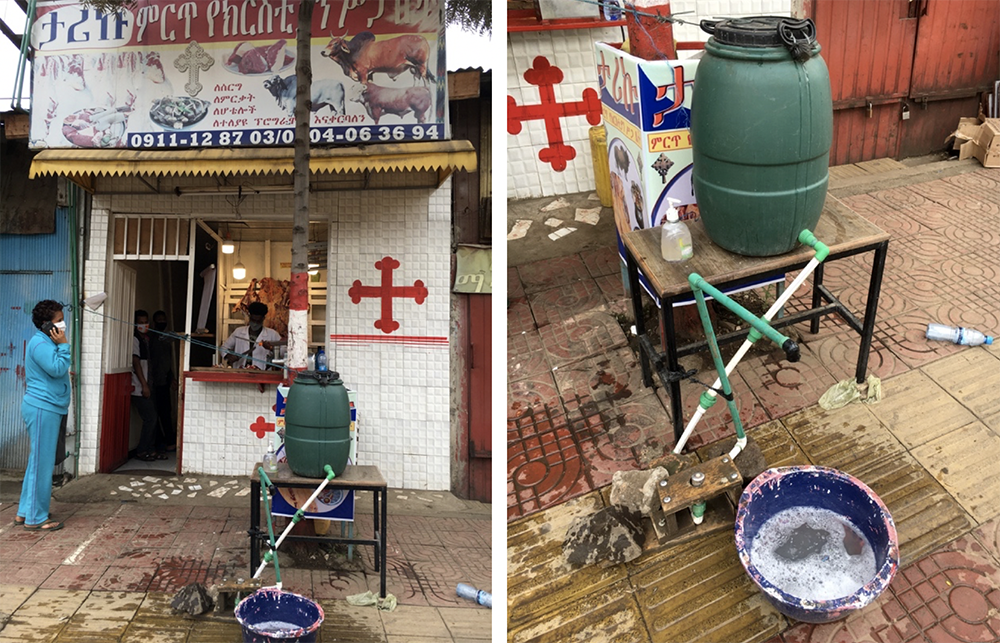
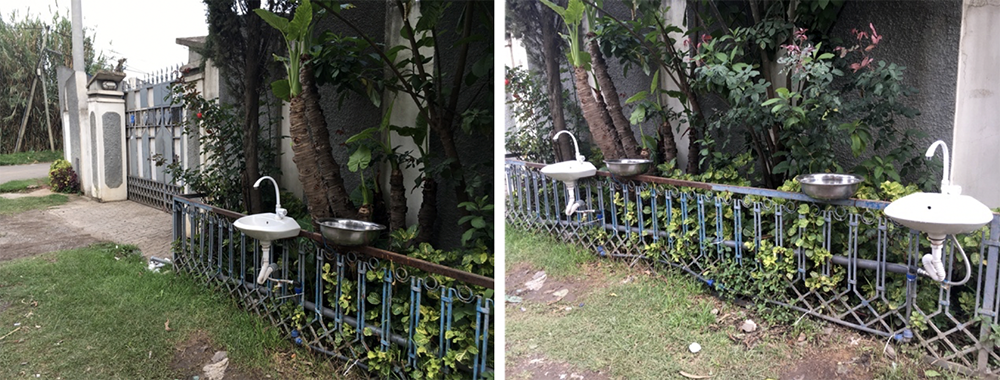
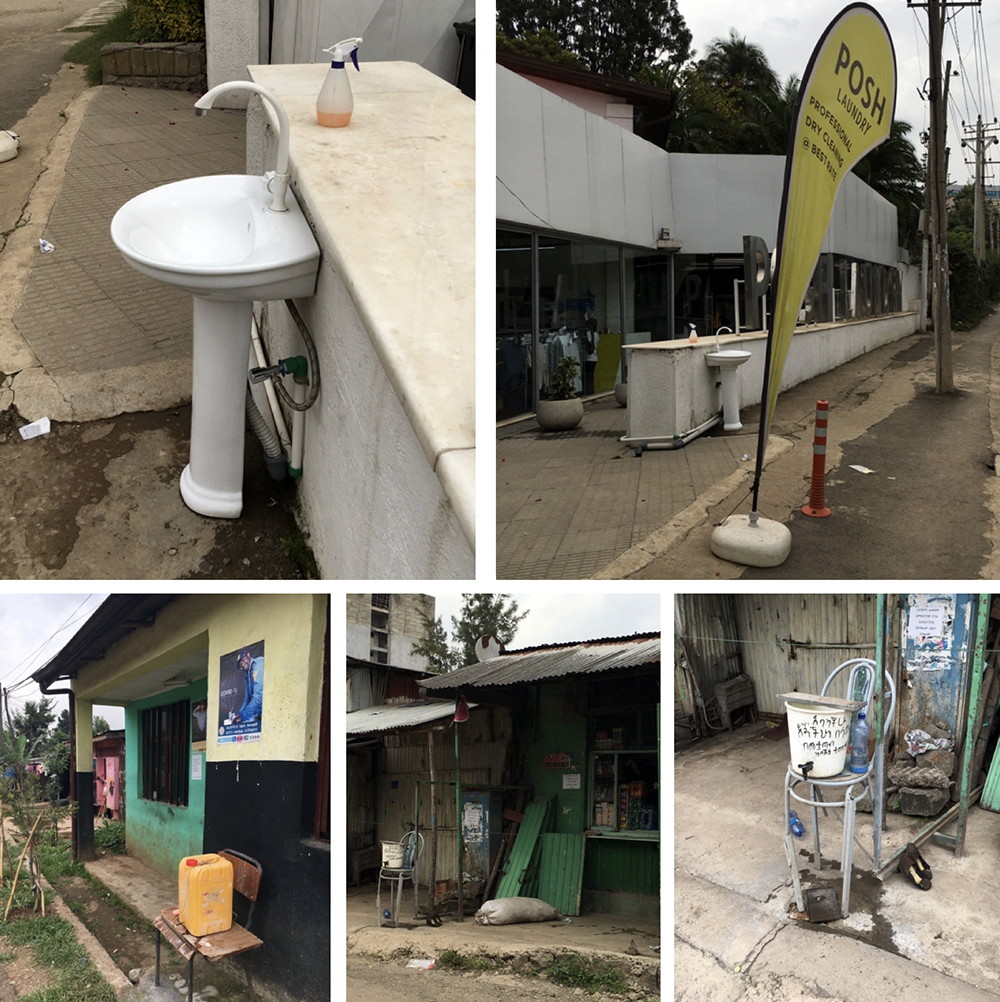
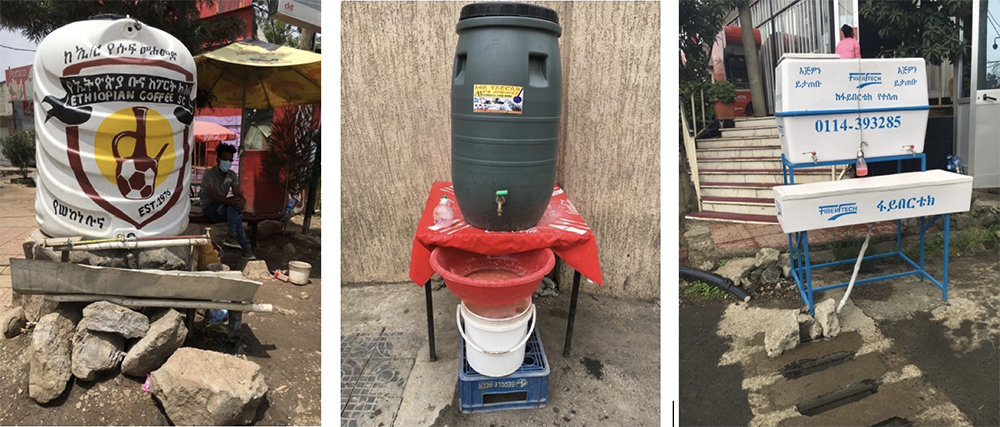

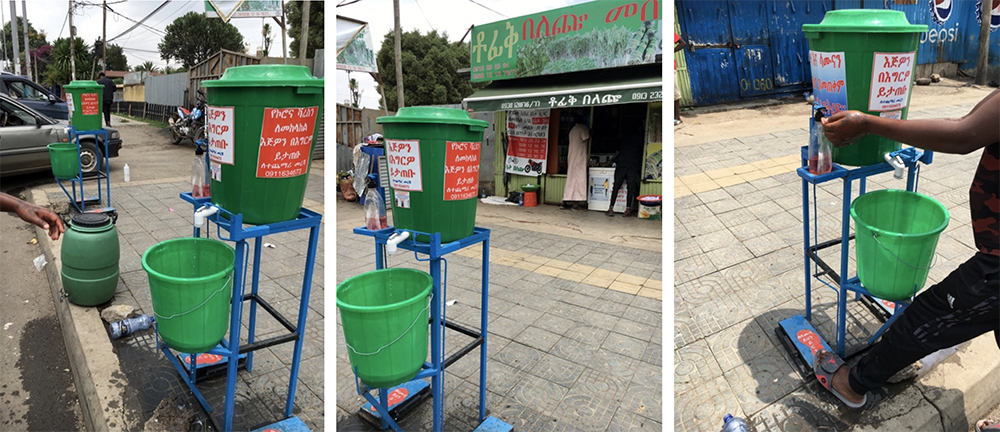
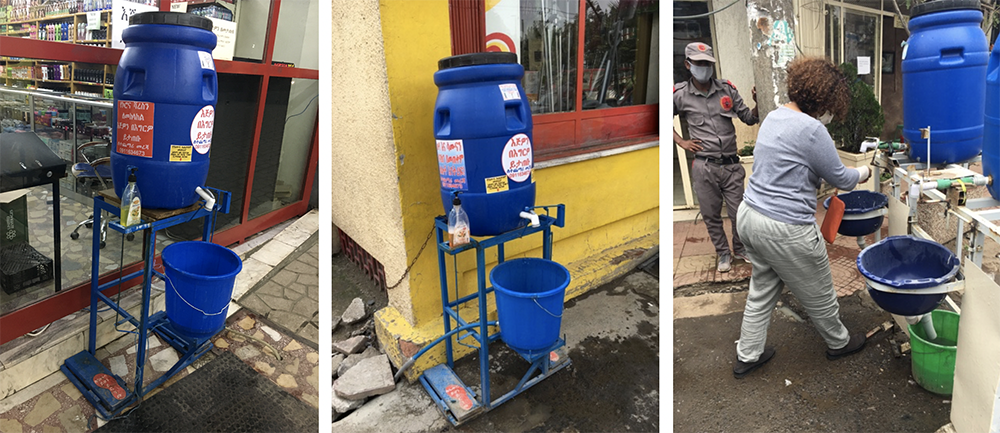
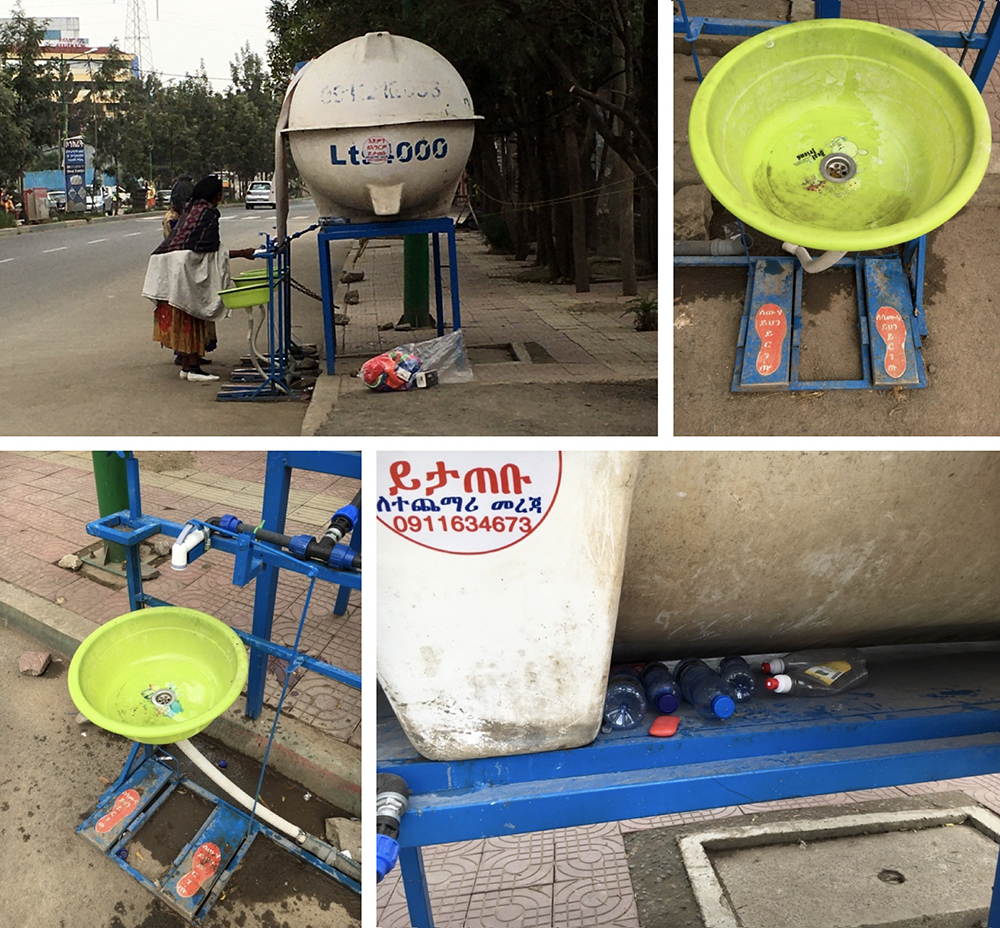
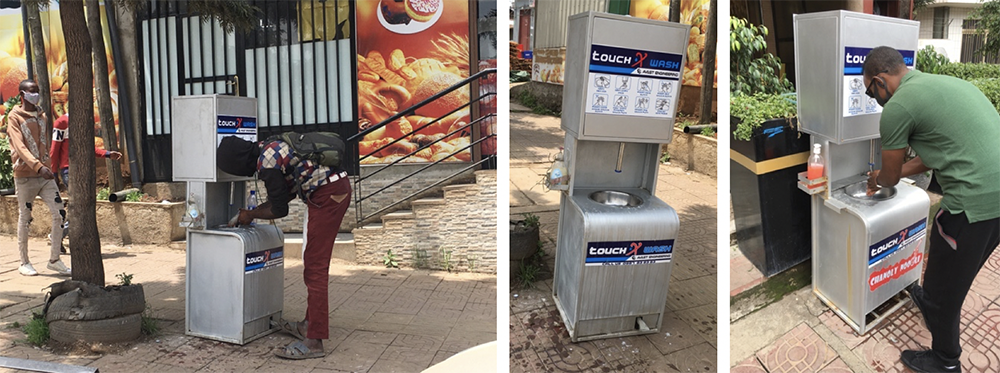
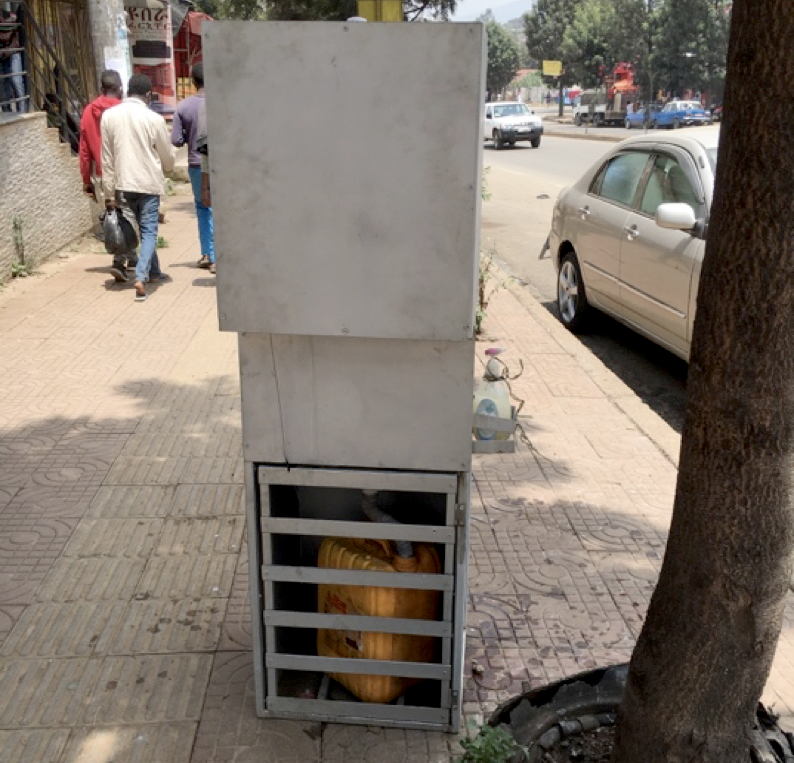
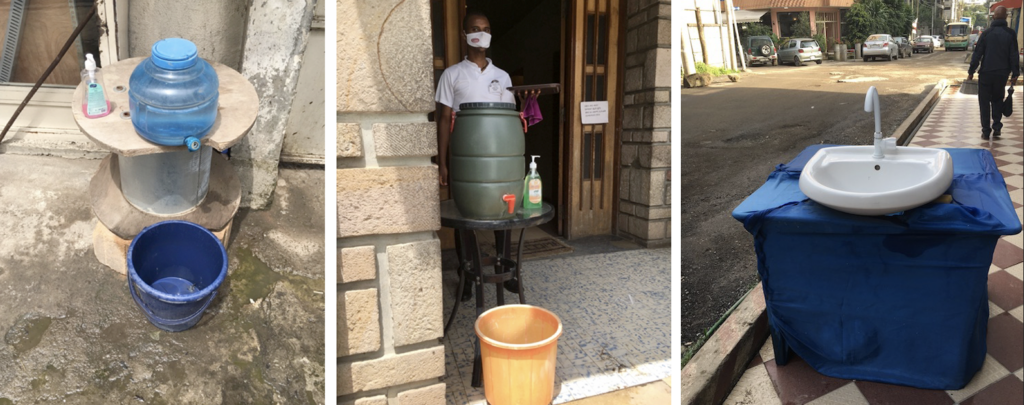

0 Comments